
The European Union’s Markets in Crypto-Assets Regulation (MiCA) is now the definitive playbook for stablecoin issuers in Europe. Fully enforced since December 2024, MiCA has redrawn the compliance map for all 27 EU member states. The regulation sets a single standard: 1: 1 reserve backing, EMI-level licensing, and strict transparency. For stablecoin projects, it’s adapt or exit. The result? A rapid pivot to euro-denominated, MiCA-compliant tokens, while non-compliant coins like USDT are being delisted from European exchanges. Let’s break down what this means, country by country, starting with the continent’s crypto powerhouses and moving across the full spectrum of the EU market.

MiCA’s Uniform Licensing: The Passport to the EU Stablecoin Market
Under MiCA, stablecoin issuers can obtain a single license in any EU country and instantly access all 27 member states. This ‘passporting’ mechanism is a game changer for crypto businesses seeking scale. But it’s not just about paperwork. Issuers must hold reserves in highly liquid EU assets (think cash or government bonds) and, for major players, at least 30% of reserves must be parked in EU banks. The stakes are high: around 45% of applications have been rejected, and fines can reach €5 million or 5% of turnover. This regulatory squeeze has forced issuers to rethink operational footprints and compliance strategies.
Country-by-Country Breakdown: Key Markets Take the Lead
Let’s dive into how MiCA is landing on the ground in the most influential EU markets:
MiCA’s Impact on Stablecoin Issuers by Country
-
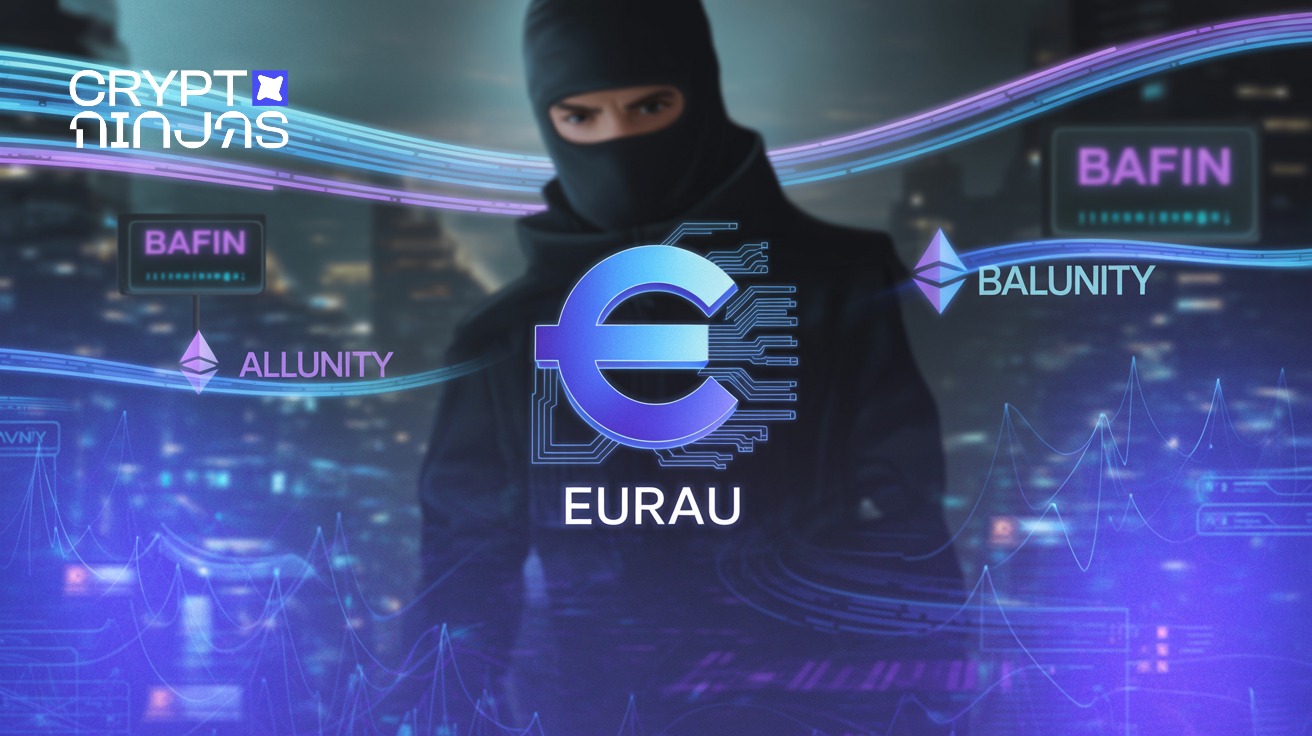
Germany: As the EU’s largest economy, Germany is a key hub for fintech and crypto innovation. MiCA’s uniform licensing enables stablecoin issuers to leverage Germany’s robust regulatory environment and passport services across the EU. The Bundesanstalt für Finanzdienstleistungsaufsicht (BaFin) now oversees MiCA compliance, driving higher operational standards for issuers.
-

France: France has emerged as a leader in MiCA-compliant stablecoins, with Circle securing an e-money token issuer license for its EURC stablecoin. The Autorité des marchés financiers (AMF) actively enforces MiCA, making France a preferred jurisdiction for euro-backed stablecoins and driving adoption across the EU.
-
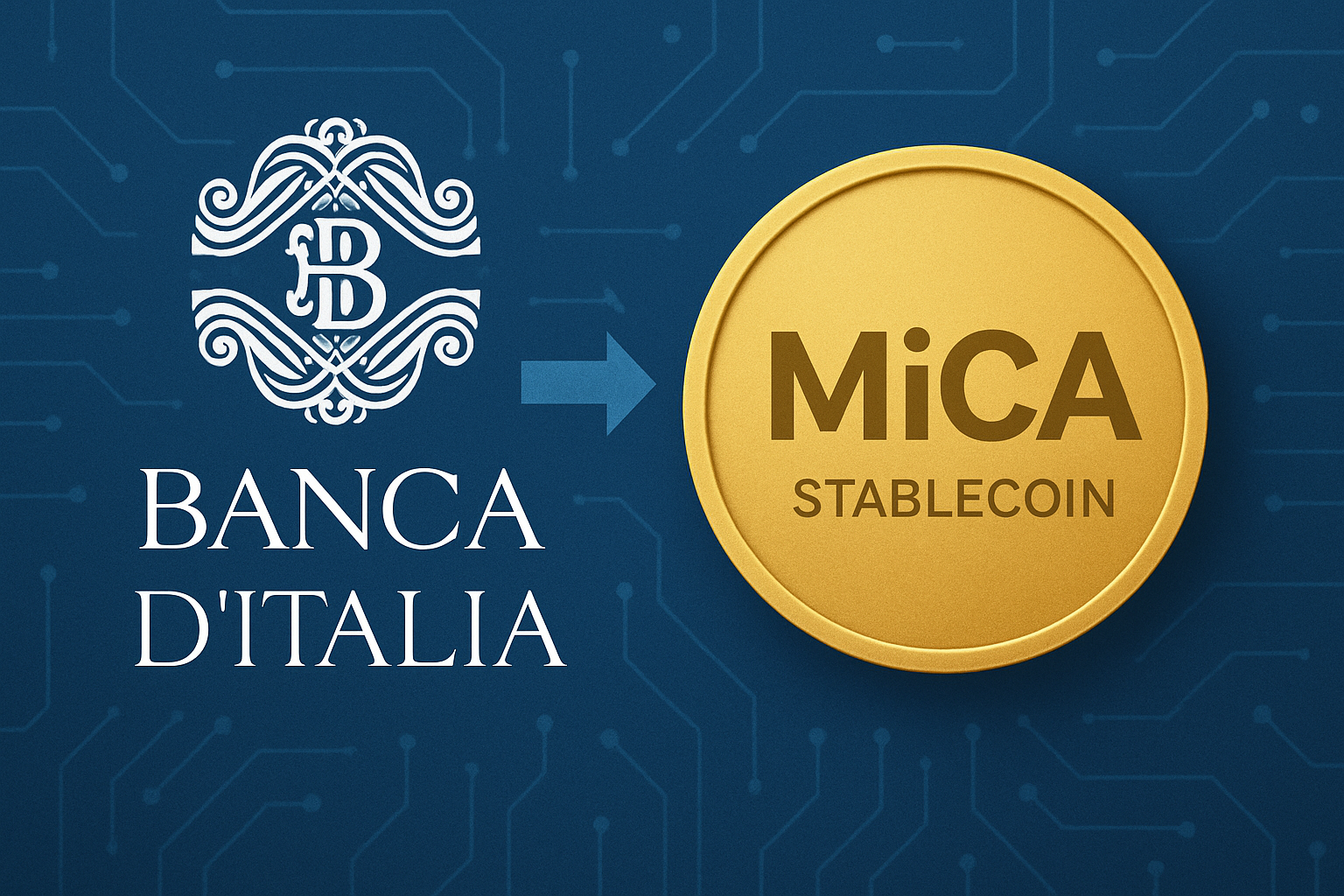
Italy: The Bank of Italy has raised concerns over ‘multi-issuance’ stablecoins, where identical tokens are issued in multiple jurisdictions. MiCA’s implementation in Italy focuses on clarifying reserve and redemption obligations, ensuring financial stability and legal certainty for cross-border issuers.
-

Spain: Spain’s Comisión Nacional del Mercado de Valores (CNMV) enforces MiCA’s requirements for stablecoin issuers, fostering transparency and consumer protection. The Spanish market has seen a pivot toward euro-denominated stablecoins as non-compliant tokens are phased out.
-
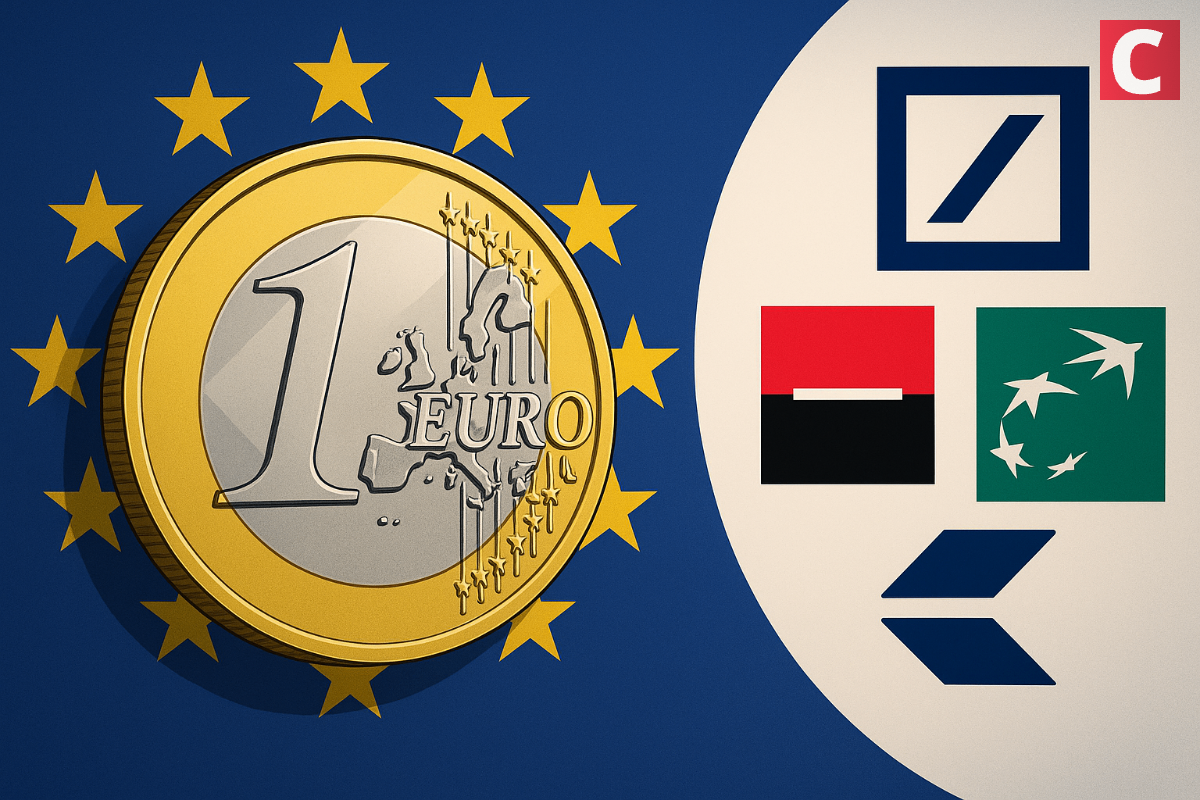
Netherlands: Dutch regulators, known for their strict approach to financial innovation, now require stablecoin issuers to meet MiCA’s reserve and licensing standards. This has led to a consolidation of compliant issuers and increased oversight from the De Nederlandsche Bank (DNB).
-

Luxembourg: Home to many fintech firms, Luxembourg leverages MiCA’s passporting to attract stablecoin issuers seeking EU-wide access. The Commission de Surveillance du Secteur Financier (CSSF) ensures strict adherence to MiCA’s reserve and reporting rules.
-
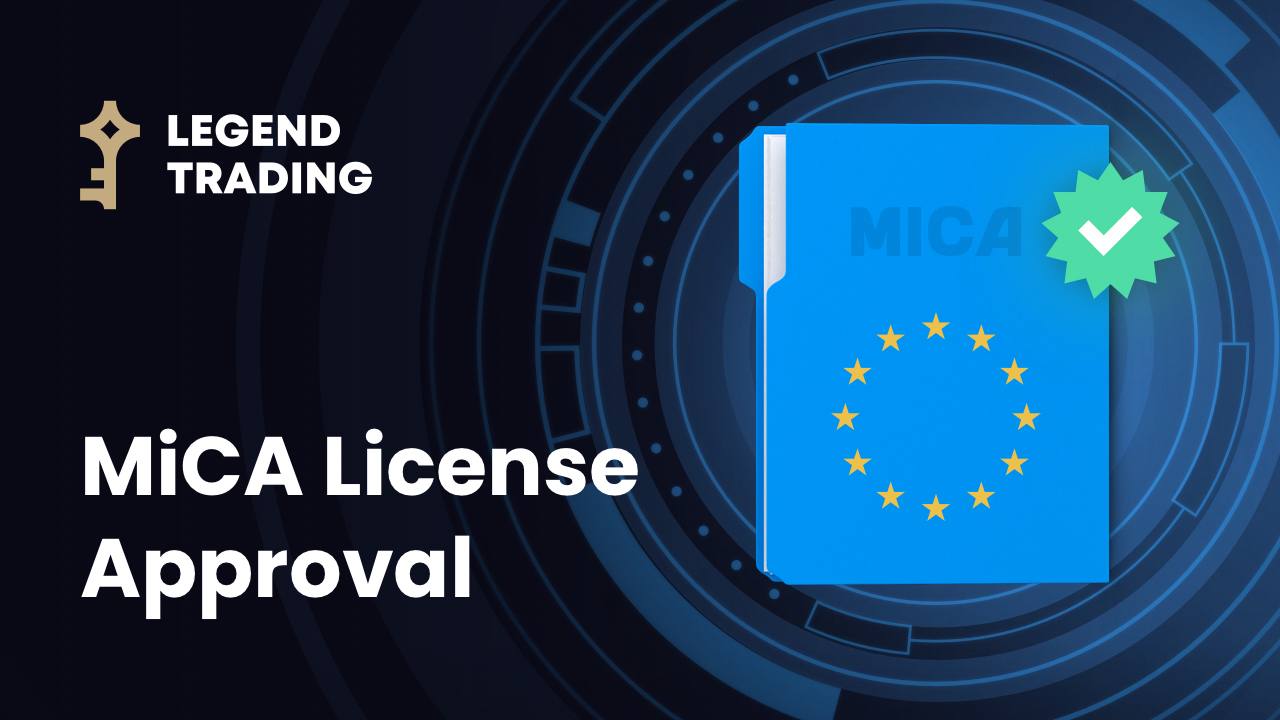
Ireland: Ireland’s pro-business environment and established financial sector make it attractive for stablecoin issuers. The Central Bank of Ireland enforces MiCA, emphasizing strong anti-money laundering (AML) and consumer protection measures.
-
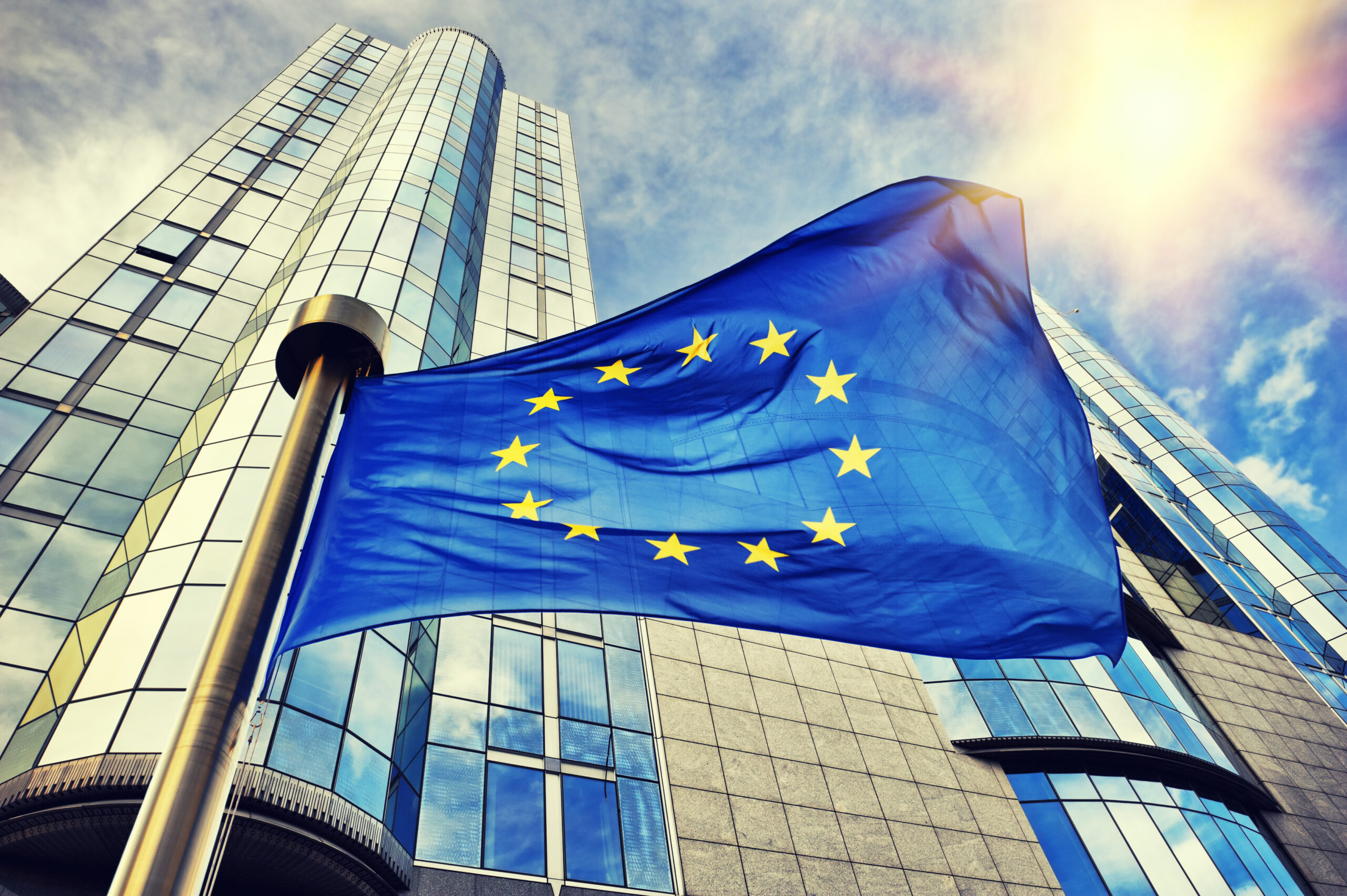
Sweden: Sweden’s Finansinspektionen applies MiCA’s standards to local and foreign stablecoin issuers, focusing on financial stability and transparency. Sweden’s digital-savvy population is driving adoption of MiCA-compliant euro stablecoins as alternatives to non-compliant tokens.
- Germany: As Europe’s largest economy and a fintech hub, Germany is attracting top-tier stablecoin issuers. BaFin’s alignment with MiCA has streamlined licensing for EMI-status projects but also imposed rigorous AML/KYC checks. German banks are cautiously opening up to euro-backed stablecoins that meet MiCA’s reserve requirements.
- France: France is setting the pace for MiCA-compliant euro stablecoins. Circle secured an e-money token issuer license here, making its EURC token a benchmark for compliance. The French regulator (AMF) is actively supporting innovation while enforcing strict reserve audits.
- Italy: Italy’s central bank is pressing for clarity on ‘multi-issuance’ models, where one stablecoin is issued by different branches across borders. The focus here is on legal certainty and preventing reserve mismatches that could threaten financial stability.
- Spain: Spain’s CNMV has prioritized consumer protection under MiCA. Spanish exchanges have rapidly shifted liquidity to compliant euro-denominated tokens, with domestic fintechs racing to secure their EMI licenses before year-end.
- Netherlands: Dutch regulators are leveraging MiCA to reinforce their already robust crypto oversight. The Dutch market has seen swift adoption of MiCA-compliant stablecoins and a clampdown on non-compliant listings.
- Luxembourg: Known for its financial services sector, Luxembourg is attracting cross-border stablecoin projects seeking regulatory certainty and access to EU-wide passporting rights.
- Ireland: Ireland’s tech-forward regulatory approach is drawing in global stablecoin issuers who want a quick path to EMI licensing under MiCA.
- Sweden: Sweden’s FSA has emphasized strict reserve segregation and transparency. The Swedish market has seen a migration toward regulated euro-stablecoins as local exchanges adapt to MiCA rules.
“MiCA has brought long-overdue clarity to the EU stablecoin market. The winners will be those who can scale compliance as fast as they scale technology. ”
From Austria to Malta: MiCA’s Ripple Effect Across All Member States
While the largest economies are setting the tone, MiCA’s reach extends to every corner of the EU. Here’s how other member states are responding:
- Austria and Belgium: Both are seeing increased interest from fintechs seeking a regulatory home base for pan-EU operations.
- Denmark and Finland: Nordic countries are fast-tracking MiCA compliance with close supervision from their central banks.
- Poland and Portugal: Both have launched public consultations on stablecoin reserve management and cross-border redemption risks.
- Czech Republic and Greece: National regulators are collaborating with local banks to ensure smooth integration of MiCA-compliant tokens into payment systems.
- Hungary and Romania: These markets are focusing on education and capacity-building for local issuers facing new compliance burdens.
- Bulgaria and Croatia: Both are leveraging EU technical assistance to modernize their crypto regulatory infrastructure under MiCA.
- Slovakia and Slovenia: Regional exchanges are updating listing policies to reflect the new MiCA standards.
- Baltics (Estonia, Lithuania, Latvia): Known for digital innovation, these countries are rolling out fast-track licensing regimes for compliant stablecoin startups.
- Cyprus and Malta: As long-standing crypto-friendly jurisdictions, both are recalibrating their licensing frameworks to align fully with MiCA’s EMI requirements.
Market Dynamics: Compliance Costs Up, Stability Up
The numbers tell the story: With around 45% of issuer applications rejected and delistings of major non-compliant tokens like USDT, there’s a clear shift toward regulated euro-denominated coins. Trading volumes have pivoted accordingly, about 25% redirected into MiCA-compliant assets such as EURC. The projected €450 billion market cap for EU stablecoins in 2025 underscores just how high the stakes are.
For stablecoin issuers, the MiCA regime is a double-edged sword. On one hand, the uniform regulatory framework creates a clear path to pan-European scale. On the other, the upfront costs and ongoing compliance obligations are steep, especially for smaller players and those used to regulatory arbitrage. The days of launching a stablecoin in Malta or Cyprus and quietly accessing the entire EU market are over. Now, every issuer must meet the same EMI licensing, reserve, and transparency standards, no matter where they’re based.
Country Snapshots: How Smaller and Emerging EU Markets Are Adapting
- Austria: Vienna has seen a flurry of EMI license applications, with local fintechs collaborating with traditional banks to meet MiCA’s reserve requirements. Austrian regulators are prioritizing market integrity and real-time monitoring of reserve assets.
- Belgium: The Belgian FSMA is working closely with EU counterparts to ensure cross-border consistency. Belgian exchanges have delisted non-compliant stablecoins, but are reporting increased demand for regulated euro-backed tokens.
- Denmark and Finland: Both countries are leveraging their strong financial supervision traditions to rapidly implement MiCA. Danish and Finnish stablecoin issuers are focusing on transparency, with public reserve attestations becoming the norm.
- Poland: Warsaw’s regulators are running workshops for banks and fintechs on MiCA-compliant stablecoin custody and redemption mechanics. Poland is positioning itself as a regional hub for regulated digital assets.
- Portugal: Lisbon’s crypto scene is adapting quickly, with several projects pivoting to euro-denominated stablecoins. The Portuguese central bank is emphasizing consumer protection and robust AML/KYC compliance.
- Czech Republic and Greece: Both are rolling out guidance on integrating stablecoins into payment and remittance systems, working with local banks to minimize friction for end-users.
- Hungary and Romania: Educational initiatives are front and center, with regulators focusing on training local compliance teams and onboarding new market participants to MiCA standards.
- Bulgaria and Croatia: These states are leveraging EU technical support to modernize digital asset oversight and ensure their local exchanges can meet MiCA’s rigorous standards.
- Slovakia and Slovenia: Regional exchanges are updating their listing and delisting criteria, with a focus on real-time compliance monitoring and transparent reporting.
- Estonia, Lithuania, Latvia: The Baltic states are moving fast, with streamlined licensing and digital-first regulatory processes. Lithuania, in particular, is attracting stablecoin startups seeking speed-to-market under MiCA.
- Cyprus and Malta: Both have pivoted from being lightly regulated crypto havens to full MiCA alignment. Cyprus is focusing on robust reserve audits, while Malta is emphasizing ongoing supervision and market surveillance.
Challenges and Opportunities: What’s Next for EU Stablecoin Issuers?
MiCA’s impact is already reshaping the competitive landscape. The strict reserve, audit, and passporting rules mean that only well-capitalized, transparent players will survive long-term. The rejection rate for issuer applications, at about 45%: is a wake-up call. Many projects are now consolidating operations in regulatory-friendly hubs like France, Germany, or Lithuania, where digital finance infrastructure is mature and regulators are proactive.
Market leaders are leveraging MiCA’s passporting rights to quickly capture market share across borders, while laggards are either pivoting to compliance or exiting the EU market altogether. The delisting of USDT and other non-compliant tokens has triggered a liquidity shift, with roughly 25% of EU trading volume now flowing into MiCA-compliant euro stablecoins like EURC. For consumers and institutions, the upside is clear: more transparency, less risk, and a regulatory framework that supports innovation without sacrificing stability.
For a deep dive on how MiCA is powering the rise of regulated euro stablecoins, and the new opportunities and hurdles for issuers, see this analysis.
MiCA Stablecoin Issuer Compliance: Country-by-Country Overview (2025)
| Country | MiCA Licensing Status | Local Regulatory Notes | Stablecoin Issuer Compliance | Unique Local Rules / Highlights |
|---|---|---|---|---|
| Germany | ✅ Fully implemented | No major deviations from MiCA; strong BaFin oversight | 🟢 High | Standard MiCA regime applies |
| France | ✅ Fully implemented | Circle’s EURC licensed as e-money token issuer | 🟢 High | 🇫🇷 First major EURC license granted |
| Italy | ✅ Implemented with caveats | Bank of Italy calls for clarity on ‘multi-issuance’ models | 🟡 Moderate | ⚠️ Extra scrutiny on cross-border stablecoin issuance |
| Spain | ✅ Fully implemented | No significant deviations reported | 🟢 High | Standard MiCA regime applies |
| Netherlands | ✅ Fully implemented | DNB active in crypto supervision | 🟢 High | Standard MiCA regime applies |
| Luxembourg | ✅ Fully implemented | Popular for EU fintech licensing | 🟢 High | Standard MiCA regime applies |
| Ireland | ✅ Fully implemented | Attractive for EMI registrations | 🟢 High | Standard MiCA regime applies |
| Sweden | ✅ Fully implemented | No major local rules reported | 🟢 High | Standard MiCA regime applies |
| Austria | ✅ Fully implemented | No major local rules reported | 🟢 High | Standard MiCA regime applies |
| Belgium | ✅ Fully implemented | FSMA oversees crypto compliance | 🟢 High | Standard MiCA regime applies |
| Denmark | ✅ Fully implemented | No major local rules reported | 🟢 High | Standard MiCA regime applies |
| Finland | ✅ Fully implemented | No major local rules reported | 🟢 High | Standard MiCA regime applies |
| Poland | ✅ Fully implemented | No major local rules reported | 🟢 High | Standard MiCA regime applies |
| Portugal | ✅ Fully implemented | No major local rules reported | 🟢 High | Standard MiCA regime applies |
| Czech Republic | ✅ Fully implemented | No major local rules reported | 🟢 High | Standard MiCA regime applies |
| Greece | ✅ Fully implemented | No major local rules reported | 🟢 High | Standard MiCA regime applies |
| Hungary | ✅ Fully implemented | No major local rules reported | 🟢 High | Standard MiCA regime applies |
| Romania | ✅ Fully implemented | No major local rules reported | 🟢 High | Standard MiCA regime applies |
| Bulgaria | ✅ Fully implemented | No major local rules reported | 🟢 High | Standard MiCA regime applies |
| Croatia | ✅ Fully implemented | No major local rules reported | 🟢 High | Standard MiCA regime applies |
| Slovakia | ✅ Fully implemented | No major local rules reported | 🟢 High | Standard MiCA regime applies |
| Slovenia | ✅ Fully implemented | No major local rules reported | 🟢 High | Standard MiCA regime applies |
| Estonia | ✅ Fully implemented | No major local rules reported | 🟢 High | Standard MiCA regime applies |
| Lithuania | ✅ Fully implemented | Popular for EMI licensing | 🟢 High | Standard MiCA regime applies |
| Latvia | ✅ Fully implemented | No major local rules reported | 🟢 High | Standard MiCA regime applies |
| Cyprus | ✅ Fully implemented | No major local rules reported | 🟢 High | Standard MiCA regime applies |
| Malta | ✅ Fully implemented | No major local rules reported | 🟢 High | Standard MiCA regime applies |
The Bottom Line: MiCA Is the New Normal
Every EU member state, whether a fintech powerhouse like Germany or a fast-moving digital hub like Lithuania, now operates on a level regulatory playing field. The MiCA regime has raised the bar for stablecoin issuers, making compliance a prerequisite for market access. The next 12 months will be a real-time stress test for the entire sector, as issuers, exchanges, and regulators adapt to this new era of harmonized oversight. The winners will be those who can turn compliance into a competitive advantage, and who can move as fast as the rules themselves.
Which EU country is best positioned for MiCA-compliant stablecoin growth in 2025?
With MiCA now fully implemented, stablecoin issuers must navigate new compliance standards and licensing rules across the EU. Based on regulatory clarity, market activity, and recent developments, which country do you believe will lead the way in MiCA-compliant stablecoin growth next year?




